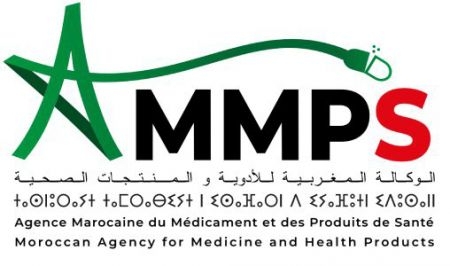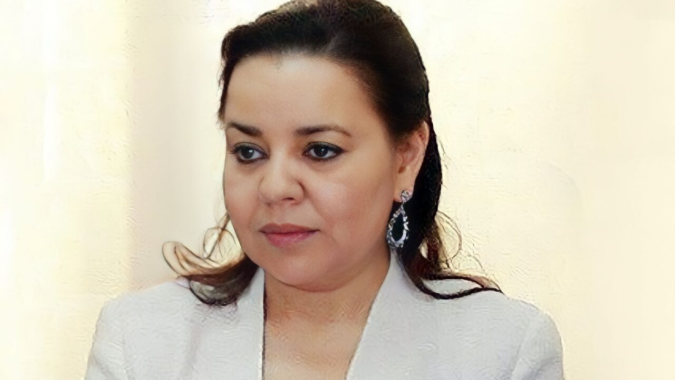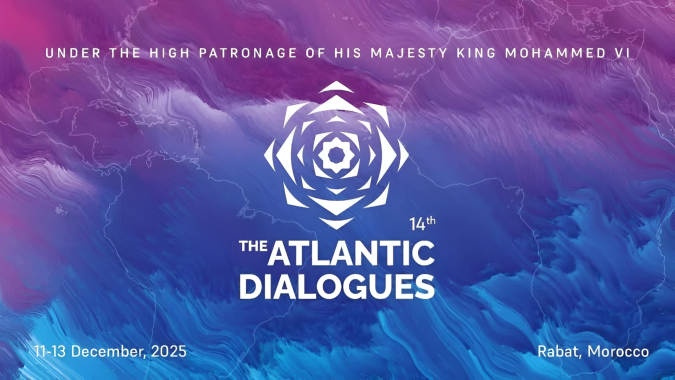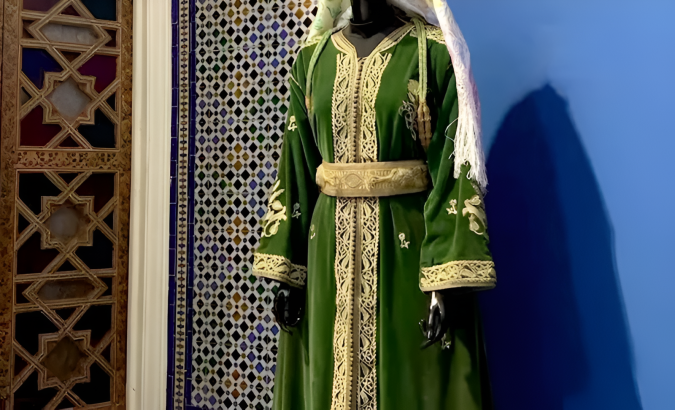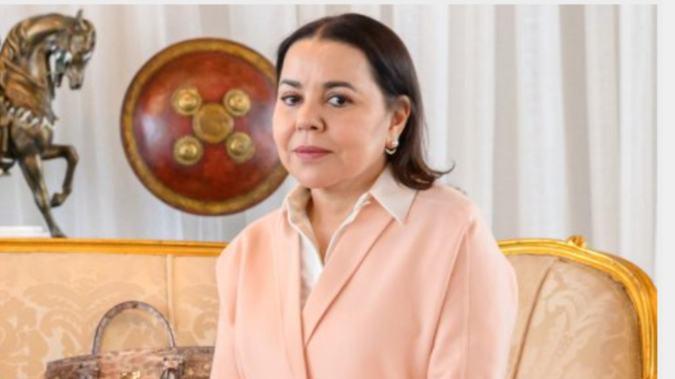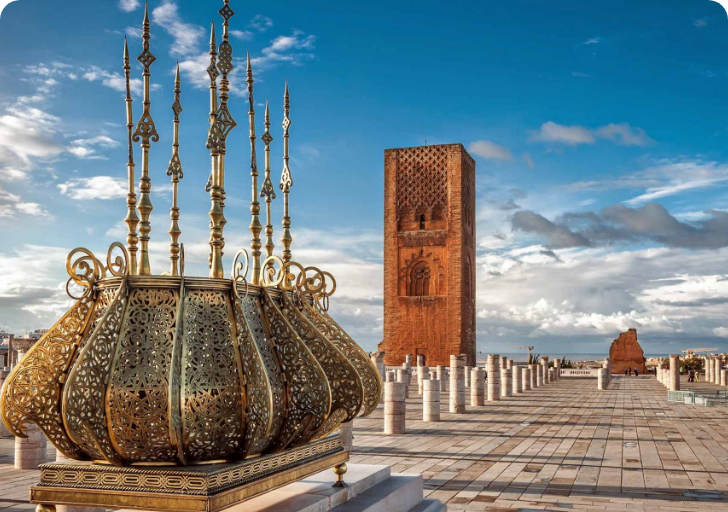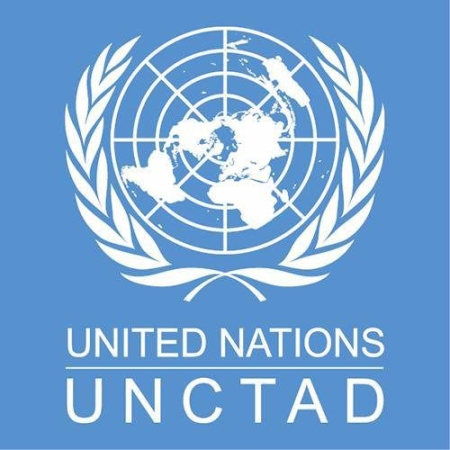
Morocco has been highlighted in the 2025 Review of Maritime Transport by the United Nations Conference on Trade and Development (UNCTAD) as a success model in digitalization and international trade facilitation, thanks to its PORTNET system, an electronic single window dedicated to ports and trade operations.
Presented as a "good practice to be shared with developing countries," PORTNET is the subject of an in-depth analysis in Chapter 4 of the Review of Maritime Transport 2025, published on Wednesday, which underscores its positive impact on transparency, logistics coordination, and regulatory compliance.
"The Moroccan PORTNET system is an example of successful cooperation between the public and private sectors. It has improved maritime connectivity, logistics performance, and compliance with international commitments such as the WTO Trade Facilitation Agreement," said Hassiba Benamara, economist at UNCTAD’s Trade Logistics Branch, during a press conference in Geneva.
Launched in 2011 as a maritime single window, PORTNET was expanded in 2015 to integrate all administrative procedures related to international trade. Today, it covers 14 Moroccan ports under the supervision of the National Ports Agency (ANP), with over 42 public entities connected and 120 online services, including procedures related to vessel arrival/departure, customs clearance, and logistics.
Every day, 5,000 transactions are processed through the platform. Processing times for import licenses have been reduced from 5 days to just 3 hours, thereby strengthening the competitiveness of Morocco’s foreign trade, where maritime transport accounts for over 95% of import/export flows.
For Céline Bacrot, economist at UNCTAD’s Technology and Logistics Division, PORTNET embodies a dual success: both institutional and technical.
“This system works thanks to a solid public-private partnership. The Moroccan state has managed to create a favorable framework attentive to the needs of the business community. At the same time, a profound digital reform has significantly reduced timeframes and logistics costs,” she told MAP.
According to the UN expert, "the figures speak for themselves. In almost 20 years, there has been a boom in the number of operators, partnerships, and agencies."
The system now has more than 99,000 users, including 80,000 economic operators and 1,800 freight forwarders, and in 95% of cases requires data submission only once. This interoperability facilitates smooth trade flows and strengthens trust in Morocco’s port ecosystem, according to UNCTAD.
UNCTAD also praised the rise of the Tanger Med port, whose performance relies not only on the digitalization of procedures but also on its key geostrategic positioning at the gateway to the Mediterranean. The succession of logistical crises, notably the Suez Canal blockage, has reinforced its role as a leading transshipment hub in Africa and the Western Mediterranean.
But this success is above all the result of endogenous factors. “Tanger Med is today a model in terms of logistics investments and port efficiency. It attracts major shipping companies looking for reliability and high value-added services,” stressed Ms. Bacrot.
For UNCTAD, the Moroccan case illustrates how a clear vision, supported by concrete reforms and collaborative governance, can transform a country’s trade infrastructure into a strategic asset.
The report recommends drawing inspiration from the Moroccan experience to enhance the logistics competitiveness of developing countries and reduce international trade costs in a context of strong volatility in global supply chains.
MAP: 25 September 2025
